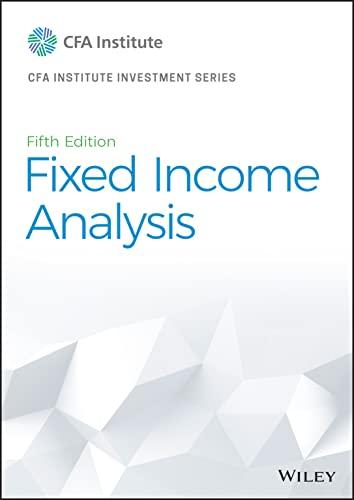A Frankfurt-based asset manager uses the Long Bund contract traded at the Intercontinental Exchange (ICE) futures exchange
Question:
A Frankfurt-based asset manager uses the Long Bund contract traded at the Intercontinental Exchange (ICE) futures exchange to manage the gaps that arise from “duration drift” in a portfolio of German government bonds that are used to immunize a portfolio of corporate debt liabilities. This futures contract has a notional principal of EUR 100,000 and is based on a 6% coupon rate. The German government bonds that are eligible for delivery have maturities between 8.5 years and 10.5 years.
Currently, the corporate debt liabilities have a market value of EUR 330,224,185, a modified duration of 7.23, and a BPV of EUR 238,752. The asset portfolio has a market value of EUR 332,216,004, a modified duration of 7.42, and a BPV of EUR 246,504. The duration drift has arisen because of a widening spread between corporate and government bond yields as interest rates in general have come down. The lower yields on government bonds have increased the modified durations relative to corporates.
Based on the deliverable bond, the asset manager estimates that the BPV for each futures contract is EUR 65.11.
Does the asset manager go long (buy) or go short (sell) the futures contract?
Step by Step Answer:






